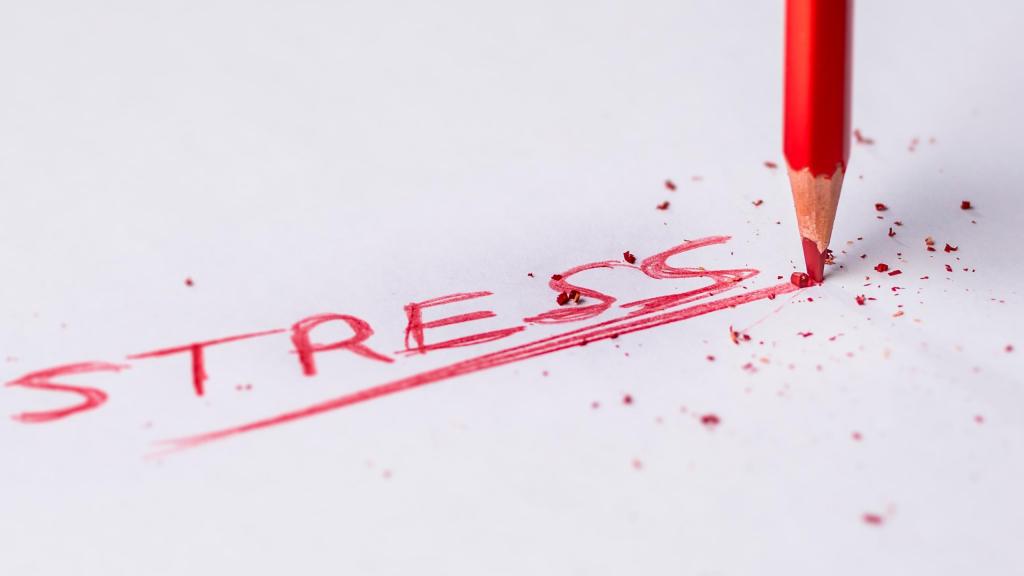Part one on this topic is pretty theoretical.
Part two will be more practical.
———
NEVER THE TWAIN….
Popular culture says we are “crazy” if we can’t tell fantasy from reality.
If that’s the definition, then we are all crazy.
(No news there…..)
<>
The key to avoiding fantasy and reality problems is
to always know which of the two you are dealing with!
———
DEFINITION OF FANTASY
Fantasy is all mental activity.
Most people know that dreams and daydreams are fantasies,
but few realize that every thought is a fantasy.
<>
We can all agree that “2+2=4” is a true statement.
But this true statement doesn’t become real until
we actually see two pairs of objects right in front of us.
<>
We may all agree that some fantasy is TRUE – but that doesn’t mean it’s REAL.
———
DEFINITION OF REALITY
Reality is what comes to us through our senses.
If we can see, hear, smell, taste or feel something it is real
(unless there is some sensory distortion operating – like an “optical illusion.”)
———
A BLESSED CURSE?
We humans used to believe we were the only animals able to fantasize.
Then monkeys and other animals were studied and we found that we were not alone.
<>
The ability to fantasize opens up many avenues for fun and problem solving,
but it also opens up avenues for neurosis, psychosis and all types of “mental pain.”
<>
Poor monkeys…..
Do you suppose they have therapists?
———
———
WHEN TO USE FANTASY
Use fantasy only for entertainment and brief problem solving.
———
USE FANTASY FOR ENTERTAINMENT
Imagine yourself in any situation at all that is enjoyable to you.
Sometimes it can even be healthy to imagine violence!
(If you are that angry, you might need such fantasies to relieve all that pressure.)
<>
Don’t use fantasy to create bad feelings.
Creating bad feelings is never healthy entertainment.
Don’t imagine yourself in situations, which frighten, sadden, or anger you
unless you are trying to solve some problem (see below).
<>
Don’t compare entertainment fantasies with reality
Since fantasy can be perfect and reality cannot,
comparing our entertaining fantasies with reality will always lead to bad feelings!
———
USE FANTASIES FOR BRIEF PROBLEM-SOLVING
It is wise and necessary to use fantasy to solve problems.
If you are choosing between two apartments, for instance,
imagine yourself living in each of them and then compare the two feelings.
But this should only take a minute or two!
<>
It’s not problem solving when it takes too long
Our brains work incredibly quickly, as fast as the fastest computers.
After a few minutes of thinking we already know, intuitively, if a problem is unsolvable.
After that all we are doing is frustrating ourselves about how unsolvable the problem is!
<>
When a few minutes aren’t enough:
When a problem can’t be solved in a few minutes of thinking,
we need to face that it’s unsolvable unless we get new information.
<>
If the unsolvable problem causes you pain, call a friend, discuss it with your partner,
go to the library, or contact an expert in the field.
Do something, anything, which might bring in new data.
<>
If the unsolvable problem doesn’t cause you much pain, let it go!
Just put it on that large “unsolved pile” that we all share.
<>
If the unsolvable problem does cause you much pain and you feel you “can’t” let it go,
that’s what therapists are for!
———




